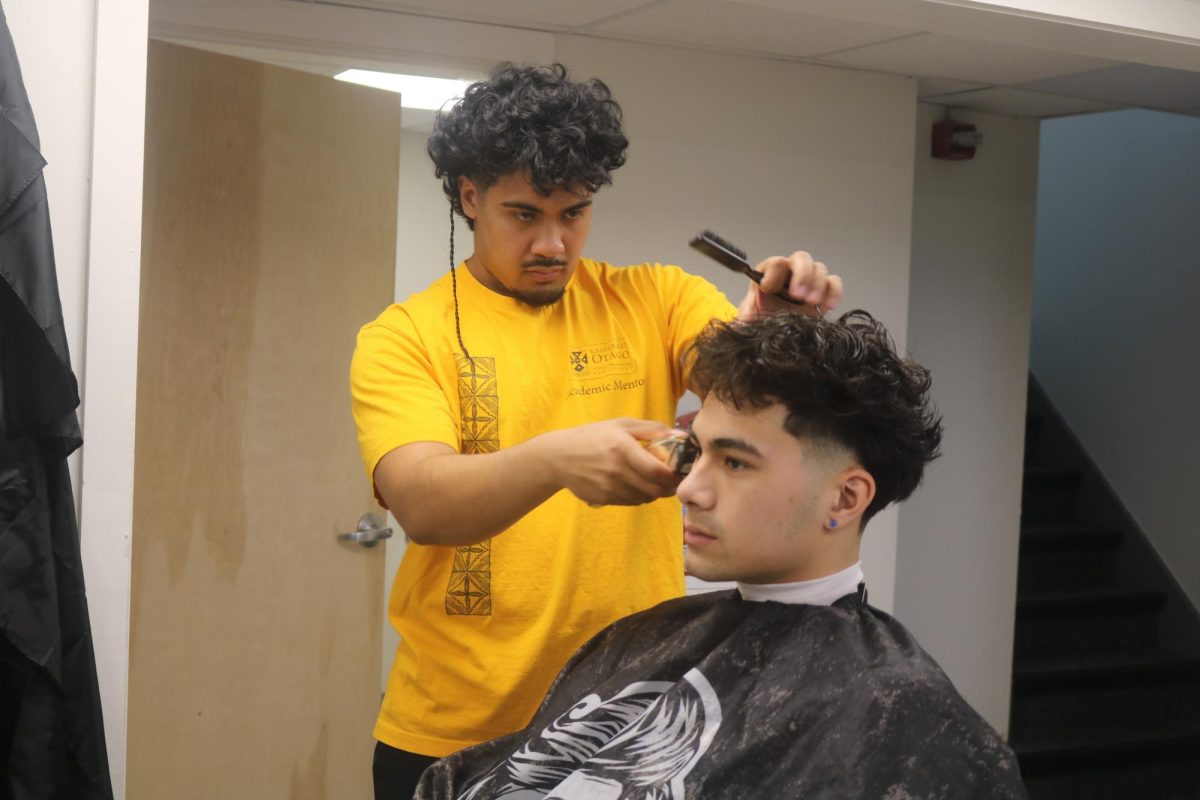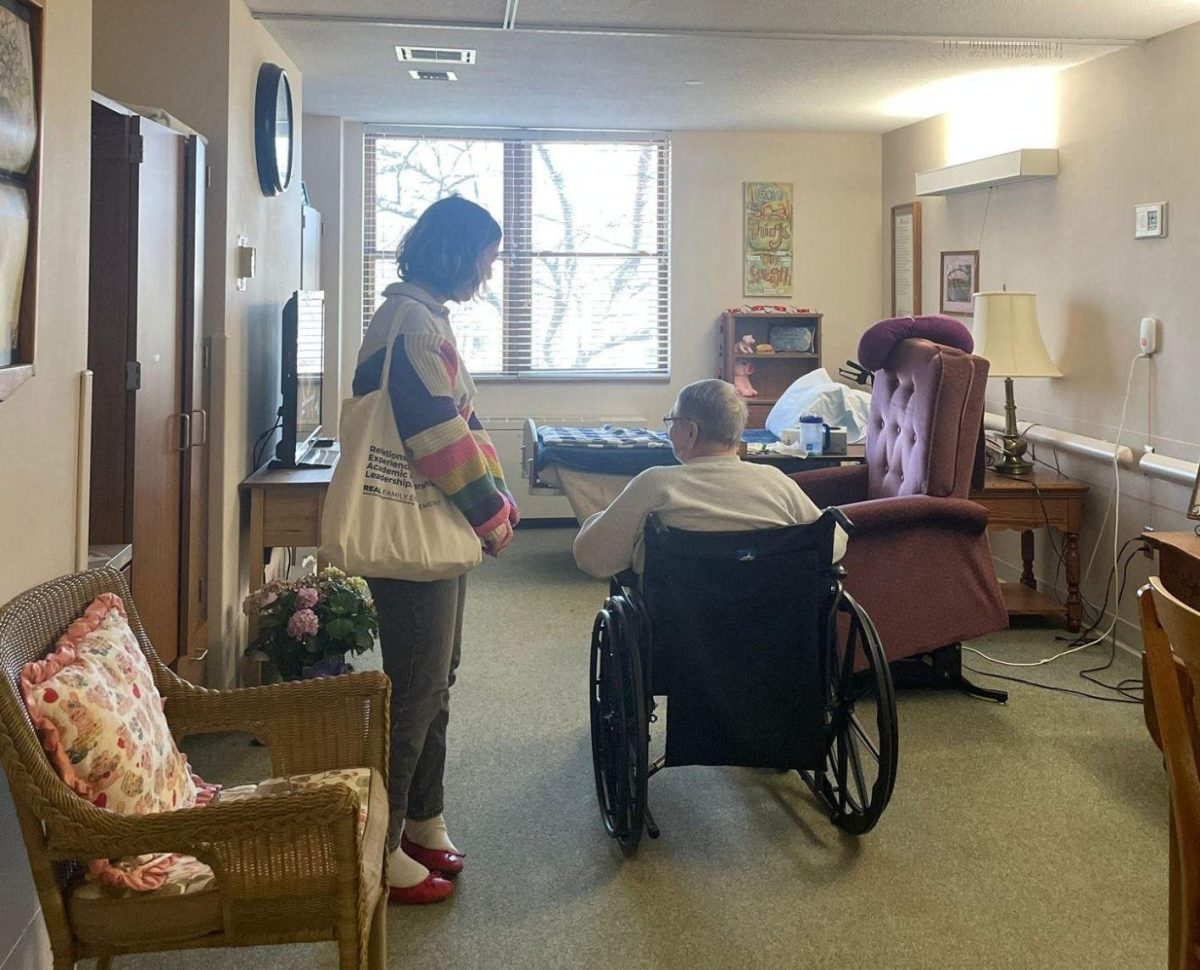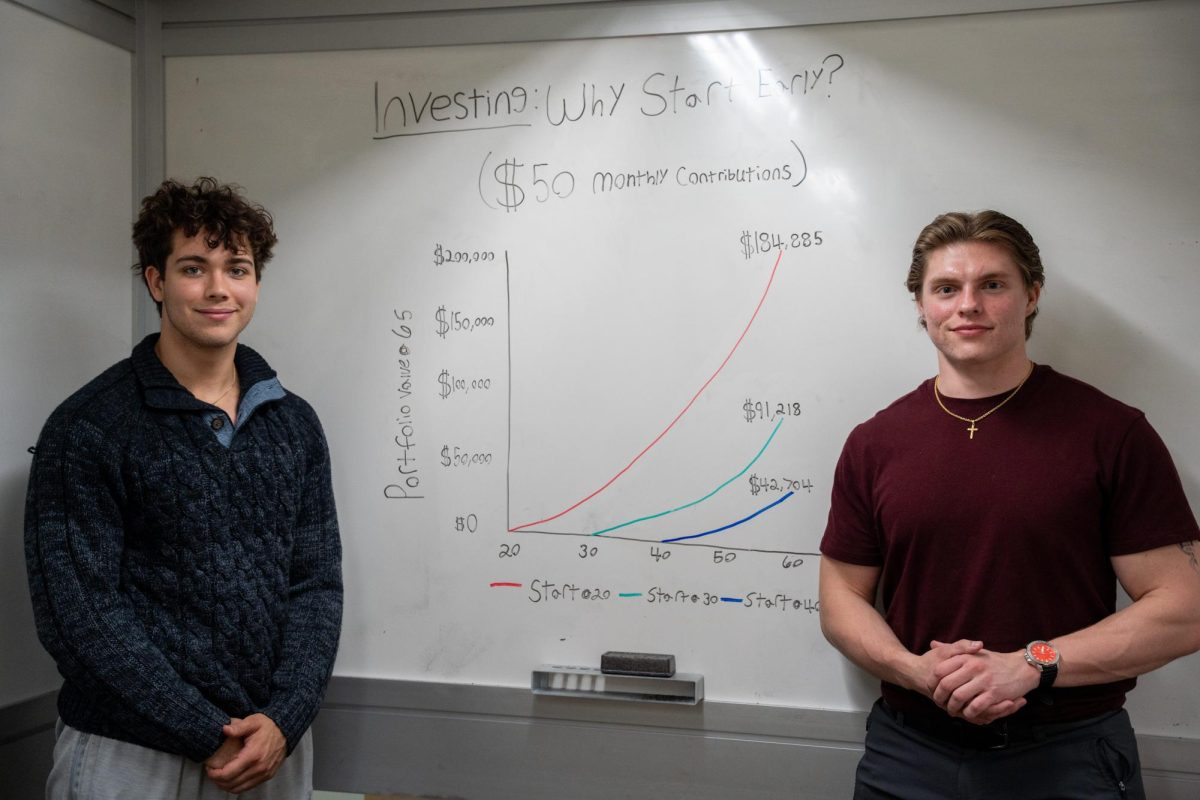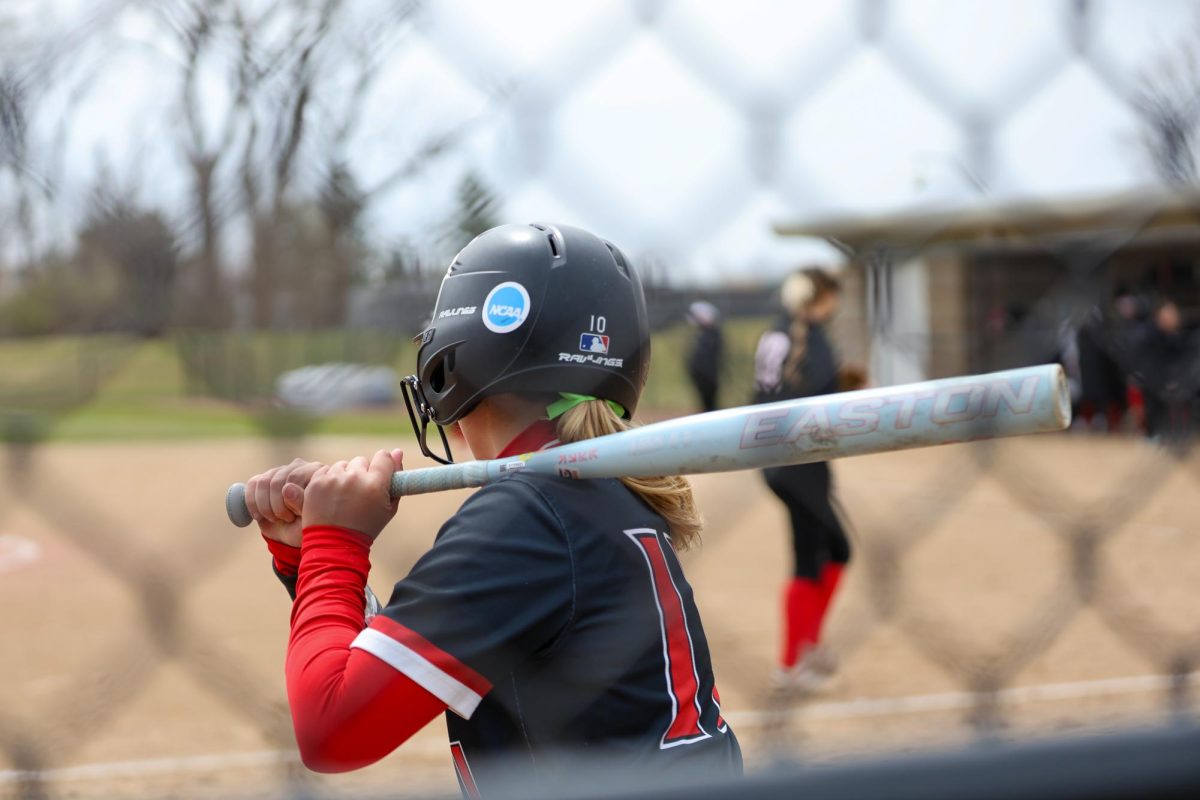Now that President Kington has reigned at Grinnell for more than a year, Grinnellians may have finally gotten accustomed to his impressive résumé. However, two of Kington’s latest achievements have again made the whole campus proud. The national news media have been repeatedly interviewing President Kington about a recently released survey he worked on with the National Institutes of Health (NIH).
“[I was on] two shows on NPR, I think, All Things Considered and Tell Me About It, and then I spoke to the New York Times, Washington Post, Boston Globe, Scientific American, the Associated Press, a publication in the UK for which I wrote an editorial, Reuters—so almost all the big news services,” Kington said.
When Kington was the Deputy Director of NIH, the Institutes decided to look into which types of people receive their grants. Despite past programs that had attempted to increase the diversity of this group, the results were disheartening.
“We learned that … of all of the forty thousand grants we have at the agency … we had never as high as even 2% of [the principle investigators] being African-American,” Kington said.
They also learned that African-American applicants were ten percentage points less likely than white scientists to have their grant accepted—16 percent of all applications were accepted for black scientists, compared to 29 percent for whites. After coming up with these figures, Kington and his colleagues decided to find out why this was the case.
“We had two broad categories for why we thought we were seeing all this. One, that black applicants were submitting weaker applications, probably and possibly related to … what we refer to as cumulative disadvantage,” Kington said. “The other issue is whether or not there might be some bias in the review. Race is not revealed to reviewers, but it’s relatively easy to figure out who’s black.”
These dramatic differences in acceptance rates led to a wide dispersal of the study, which was why Kington was featured in so many interviews. The NIH is taking several steps to address the issue, as are other scientific communities.
When asked what could be done to fix this problem, Kington pointed to our own Grinnell Science Project (GSP) as an example of a program that has succeeded in encouraging underrepresented minorities to pursue scientific studies. He suggests that other institutions try to develop similar programs that work for them.
In this vein, earlier this month, Iowa Governor Terry Branstad appointed Kington to the 40-member STEM Advisory Council. Made up of educators and influential persons from across the state, the council will advise Branstad on areas of science, technology, engineering and mathematics (STEM) education in Iowa.
“One message that I’ve said repeatedly,” Kington said, “is that nothing will change unless the real people who run science in America see this as a problem.”



















































